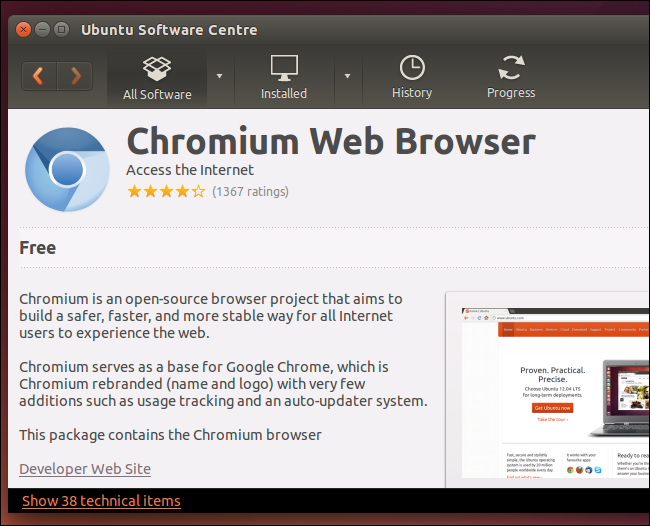- Attention! Please Read This! The Chromium browser is actually the “alpha” version of modern Chrome. It was designed to be open source, meaning you can tweak it in all sorts of ways. In your case it was installed on your PC an injected with malicious code. Chromium itself is a completely legitimate program. The one on your PC is not.
- If you notice that you come upon websites you never typed the URL for or searched for;
- If you notice random adds showing on your screen in the form of banners, boxes, flashing images in the middle of your screen or in the corners;
- If you notice emails in your inbox that are from known, but at the same time unknown senders — pretty high raised red flag
| Name | Chromium Browser ( a Virus injected the Chromium browser) |
| Type | Browser Hijacker/ PUP (takes the place of your browsers) |
| Danger Level | Medium or High |
| Symptoms | Pop-up ads, random opening of web pages, Chromium taking the place of your browsers |
| Distribution Method | Spam e-mails, infected files, non-verified downloads |
| Detection Tool | parasite may reinstall itself multiple times if you don't delete its core files. We recommend downloading ComboCleaner to scan for malicious programs. This may save you hours and cut down your time to about 15 minutes. <span style=”font-family: helvetica, arial, sans-serif;”>Download ComboCleaner Anti-Malware More information on ComboCleaner, steps to uninstall, EULA and Privacy Policy. If ComboCleaner detects a malware, you will have to purchase a license to remove it. |
Some of the steps will likely require you to exit the page. Bookmark it for later reference.
Reboot in Safe Mode (use this guide if you don’t know how to do it).
WARNING! READ CAREFULLY BEFORE PROCEEDING!

We get asked this a lot, so we are putting it here:Removing parasite manually may take hours and damage your system in the process. We recommend downloading ComboCleaner to see if it can detect parasite's files for you.
Scan Results
| Virus Scanner | Result |
|---|---|
| ClamAV | |
| AVG AV | |
| Maldet |
Note: If you are sure something is part of the infection – delete it, even if the scanner doesn’t flag it. No anti-virus program can detect all infections.
You are now in the Control Panel. Look for suspicious entries.Uninstall it/them.
Type msconfig in the search field and hit enter. A window will pop-up:
Startup —>Uncheck entries that have “Unknown” as Manufacturer or otherwise look suspicious.
To remove parasite on your own, you may have to meddle with system files and registries. If you were to do this, you need to be do be extremely careful, because you may damage your system.
If you want to avoid the risk, we recommend downloading ComboCleaner - a professional malware removal tool - to see whether it will find malicious programs on your mac.
Download ComboCleaner
Keep in mind, ComboCleaner’s malware scanner is free. If it detects a malware, you'll need to purchase its full version to remove it. More information about ComboCleaner and steps to uninstall. If you want to read up more on its policies, please review ComboCleaner's EULA and Privacy Policy.
Hold the Start Keyand R – copy +paste the following and click OK:

notepad %windir%/system32/Drivers/etc/hosts
A new file will open. If you are hacked, there will be a bunch of other IPs connected to you at the bottom. Look at the image below:
